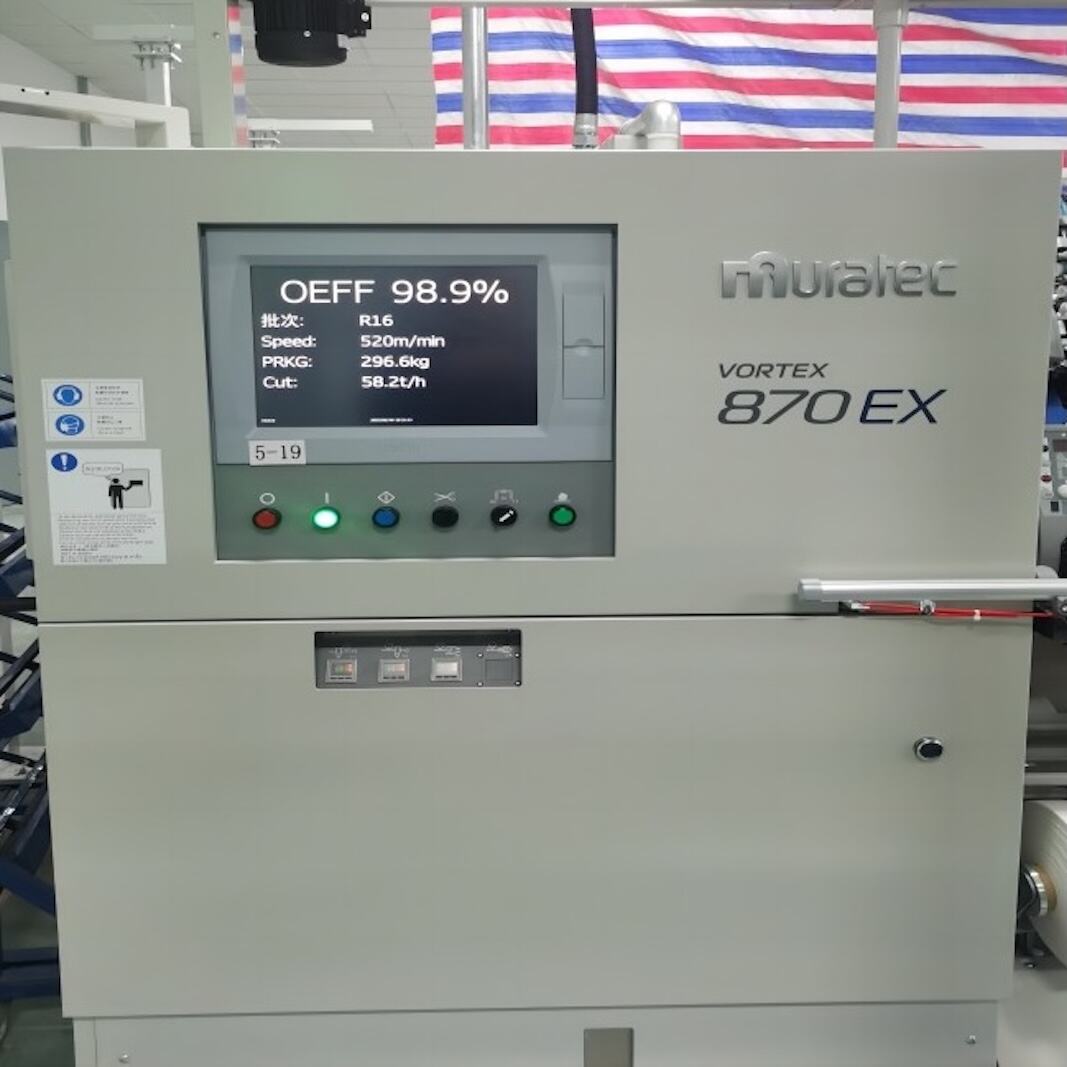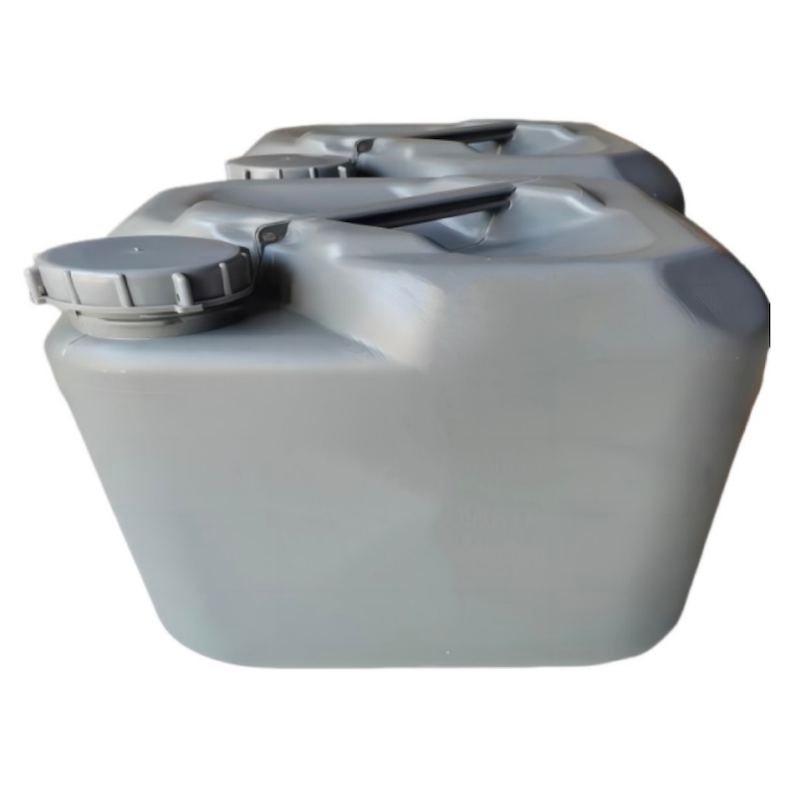Quae sunt utilitates usus Vortex adstare oleum in Textile Production?
Vortex spinning est processus modernus fabricandorum textilium quae filum creat fibris involutis circa nucleum per vortex aeris velocis. Hoc methodo efficax producit fila fortia et mollia velociter, sed dependet a lubricantibus specialibus quae oleum vortex spinning vocantur ad operatio levis procurandam. Vortex adstare oleum designatum est ad frictionem minuendam, fibris protegendis, et machinae performance optimizandam durante processo spinning. Recte oleum vortex spinning utendo multas habet utilitates quae productivitatem, qualitatem fili, et efficaciam generalem in productione textilia augent. Hoc compendium praecipua praevantia exponit quae sunt in usu vortex adstare oleum , explicans quomodo meliora efficit in operationibus vortex spinning.
Minuit Frictionem et Damna Fibrarum
Frictio est magna difficultas in vorticoso nexo. Quia fibrae per partes machinae trahuntur—cylindros, buccas, ductus—motus celeris friccionem inducere potest quae fibras tenellas laedit, rumpendas, lineas inaequales, vel texturam deteriorem efficiens. Oleum vorticosum remedium adhibet,
- Lubricans Superficies : Oleum tenuem, lubricam pelliculam in partibus machinae ac superficiebus fibri creare, contactum directum inter fibras et componentes metallicos minuendo. Hoc friccionem reducit, fibris abrumpendis vel rumpendis durante nexione praeveniendo.
- Servans Integritatem Fibri : Fibrae naturales (sicut holus) et syntheticas (sicut polyster) frictione caloris et abradendo facile laedi. Oleum vorticosum tamquam barriera agit, structuram et vim fibri conservans. Haec praesertim necessaria est pro fibris tenuibus vel sensibilibus, quae facile rumpuntur.
- Minuens Electricitatem Staticam frictio etiam electricitatem staticam gignit, qua filia ad partes machinae vel ad invicem adhaerescunt, ducendo ad formationem irregularem fili. Oleum pro lini tornandi continet agentia antistatica quae statim neutralizant electricitatem staticam, filia separata et per machinam fluentia conservans.
Frictionem et statim minuendo, oleum pro lini tornandi filia integra conservat, resultando in filiis fortioribus et uniformioribus cum paucioribus defectibus.
Meliorat Qualitatem et Constantiam Filorum
Qualitas filii in lino tornando dependet quam aeque fibrae involvantur et dirigantur. Oleum pro lini tornandi praecipue qualitatem filii meliorat per:
- Meliorat Directionem Fibrae oleum fibris uniformiter per orificium vortex fluendi iuvat, certificando eas core rite et aequaliter involvi. Hoc filium cum constanti crassitie (aequali numero) et textura levi creat, loca crassa vel tenuia vitans quae filium infirmant.
- Minuit Pilositatem : Lanuginosa fila—cum extantes fibrae evaginentur—posse problematica generare in processibus subsequentibus, ut tessitura vel tricotura, ducendo ad impingendi vel textura inaequalis. Vortex oleum fibrae extremitates texit, eas core fili adhaerere facit et pilositem minuit.
- Iuvenescere Fortitudinem Fili : Protegendo fibras a damno et iuvando eas recte constituere, oleum fortius filum efficit. Fortius filum minus probabile est rumpi in subsequentibus processibus (ut tingendo vel tessendo) vel in opere completo, durabilitatem meliorem praestans.
Fabricatores textiliae qui vortex oleum utuntur meliorem viriditatem, uniformitatem et speciem filorum narrant—qualitates quae filum pretiosius et ad elaborandum in textilia alta faciliorem reddunt.
Prolongat Vitam Machinarum et Minuit Mancipationes
Machinae vorticosae operantur velocissime, componentibus ut cylindri, cerae, et buccinae sub continua pressione. Sine lubrificatione idonea, haec instrumenta cito deteriunt, ad ruinas, emendationes costosas, et dilationes productionis ducentia. Oleum vorticosum protegit machinas hoc modo:
- Lubricando Partes Moventes lubrificatio: Oleum cerae, dentes, et cylindros lubrificat, contactum et deteriorem metalli ad metallum minuendo. Hoc prolongat vitam componentium criticorum, substitutionem differens.
- Corrosionem Impedire in molendinis textilibus saepe est aer humidus, qui ferrum partium metallicarum ruginare potest. Oleum vorticosum laminam protectivam formare nititur, humiditatem repellens, corrosionemque vetans, atque machinas in optima forma retinens.
- Minuendo Tempestivitate minus deteriorem et corrosionem habentes, machinae minus interruptionibus laborant. Praeterea, facultas olei retinendi fibras ne partibus adhaereant, necessitatem frequentium intermissionum purgandarum minuit. Hoc significat longiores operationes productionis et maiorem productivitatem generalem.
In vestitione in oleo vorticoso qualitatis emendatae minuuntur diuturni custodes tenniae reparandi et aeternitas pretiosorum instrumentorum vorticosorum augetur.

Auget Efficaciam et Celeritatem Productionis
Vortex vorticosum celeritatum productivorum altorum notum est, sed haec celeritas solum servari potest si processus sine interruptione currat. Oleum vorticosum efficienciam fovet per:
- Altiora Celeritates Efficiendi : Frictione et statica diminuta, fila per machinam liberius fluunt, sinitque manufactores processum vorticosum ad altiores celeritates sine periculo filorum rumpendorum aut machinarum coarctatarum ducere.
- Minuens Iniurias : Filorum damna et vitia tenuis minuendo, oleum quantitatem materiae inutilis reducit. Minor res inutilis significat plura fila ex eadem quantitate fibri crudi produci, ergo minores materiae custodes.
- Processus Simplificando : Filorum de alta qualitate et consistentia pauciora iteranda vel recensenda in subsequentibus processibus, ut tintura vel textura, postulant. Totum igitur productorem accelerant, a fibra usque ad pannum finitum.
Fabricae textoriae quae oleum vorticosum utuntur saepe maiorem exitum per horam, minores respuentiae rates, et celeriores solutiones temporales vident—haec sunt elementa necessaria ut in textorio agro competitur.
Implet Compatibilitatem cum Diversis Fibris et Processibus
Productio textoria multas alias fibras comprehendit, a cottone et lana naturali usque ad polyester et nylon syntheticum. Quisque fibrae genus proprias res habet quae tractationem specialem postulant. Oleum vorticosum ita compositum est ut versatile sit, praebens auxilia per diversa genera et processus:
- Adaptatio ad Fibrae Genera : Sive crassam lanam sive subtilem microfibrarum vim tractare, oleum vorticosum ad necessitudines fibrae accomodari potest. Exempli gratia, olea pro fibris syntheticis additamenta complecti possunt ad caloris incrementum minuendum, dum illa pro fibris naturalibus in retinendo humore et mollitudine versantur.
- Colorandi et Perficiendi Subsidium : Oleum vorticosum ita est compositum ut facile in lavando vel praecipue ablui possit, ne impediat absorptionem coloris aut perficiem panni. Hoc vitat iniqualem colorationem aut rigorem panni, qui ex olei reliquiis oriri possunt.
- Satisfacit normis environmentalibus : Olea vorticosum moderna saepe ita concocta sunt ut biodegradabilia sint vel pauca in compostis organici volatilis (VOCs), igitur cum productione amica ambiente congruunt. Hoc adiuvat manufactores regulas de ambiente servare et ad petitionem pro textilibus perpetuis respondere.
Versatilitas olei vorticis textilis efficit eum instrumentum pretiosum ad fabricas textiles quae varietatem filorum et pannorum producunt, easque qualitatem in diversis productis servare.
FAQ
Num olem vorticis textilis cum omnibus generibus machinarum vorticis textilis uti possumus?
Ita, plerique oles vorticis textilis ita sunt facti ut cum principalibus generibus machinarum machinis compatibiles sint. Attamen, est prudens consilia fabricae machinarum spectare, quia quaedam generica olei vel viscositatem ad optimam rationem poscere possunt.
Quotiens olem vorticis textilis in productione applicari oportet?
Frequentia applicationis pendet ex velocitate productionis genereque fibrae, sed plerisque fabricis olem continue vel inter cuncta tempora (unum vel duo horas) applicare solent ad filmen lubrificans uniforme servandum. Quaedam machinae systemata olei automatica habent ad applicationem exactam et constantem.
Num olem vorticis textilis tactum vel texturam panni finalis afficit?
Non, si recte utatur, oleum rotationis in tessitura tollitur durante lavatione vel praetractatione in productione textilis. Hoc textili finale permittit mansuram mollitiem, respirabilitatem, vel texturam desideratam.
An oleum rotationis magno pretio aestimatur ceteris lubricis comparatum?
Quamquam oleum rotationis fortasse magnum initiale praetium habeat praeter lubrica communia, utilitates tamen sunt: minor sordes, minor cura, meliorque ieiunii qualitas - quae reddunt ipsum longo tempore aeque utilem. Augmentata efficacia saepe praetium primum compensat.
Potne nimium olei rotationis applicare problemata creare?
Ita, nimia applicatio ducere potest ad reliquias olei in ieiunio, quae fortasse colorationem impediant vel faciant textilia grasse sentiri. Necessarium est applicationis normas observare ne nimia olei copia fiant.
Index Rerum
- Quae sunt utilitates usus Vortex adstare oleum in Textile Production?
- Minuit Frictionem et Damna Fibrarum
- Meliorat Qualitatem et Constantiam Filorum
- Prolongat Vitam Machinarum et Minuit Mancipationes
- Auget Efficaciam et Celeritatem Productionis
- Implet Compatibilitatem cum Diversis Fibris et Processibus
-
FAQ
- Num olem vorticis textilis cum omnibus generibus machinarum vorticis textilis uti possumus?
- Quotiens olem vorticis textilis in productione applicari oportet?
- Num olem vorticis textilis tactum vel texturam panni finalis afficit?
- An oleum rotationis magno pretio aestimatur ceteris lubricis comparatum?
- Potne nimium olei rotationis applicare problemata creare?

